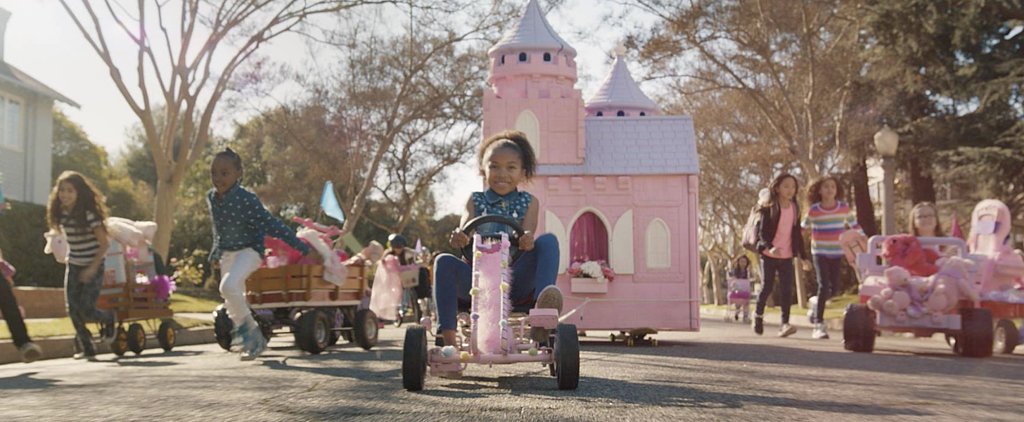To my surprise, the geek therapy concepts have made their way into my classes over the past couple of weeks. It’s really exciting, and has started down a path toward other, related ideas. Or maybe it’s more like a spiderweb of ideas. My mind has been a bit all over the place lately.

(Image via SuperHeroHype via CBR)
In any case, the lecture in many of my classes has started me thinking, and I’d like to focus on one of those lectures today. Hopefully later this week I will be able to deliver another tidbit of wisdom from school, if life doesn’t throw me anymore virus or paperwork pile shaped curveballs.
The first geeky reference I’d like to look at came during my Treatment of Children and Adolescents course. Of course that’s where we’d be talking about geeky stuff, right? A lot of what we consider a part of geek culture stems from things we loved in childhood. Games, superheroes, cartoons, action figures, movies, etc. For the most part, these were our relevant interests back then.
When discussing how to gather information when interviewing a child or adolescent, my professor said that one of the best things we can do as clinicians is to make observations about the client’s interests. If a kid is wearing a Batman shirt, ask her about Batman. If they’re wearing a Pokemon backpack, find out about their favorite Pokemon.
The other point he brought up is that sometimes, the best question to ask is “What was the last movie you saw?” Pop culture influences our lives in ways we don’t even notice, and our opinions and beliefs influence the pop culture we consume. My professor’s follow up to the movie question was that the Hunger Games was very big in finding out how his clients felt about certain issues and what their values are.
Maybe someone loves Peeta because he’s a good friend, Gale because he stands up for the people, or Katniss because she would do anything for her family. Maybe they don’t like Haymitch because he’s a drunk, or the people of the Capitol because they’re clueless. Somewhere in there, there is so much material for discussion of what is important to the client. Maybe the actors are just hot, or maybe what the character stands for is the real drive behind the fandom. Whatever the case, discussing favorite characters is also important.
What my professor was discussing is important in working with youth. I would go further and say that it is important to talk about these things with our clients no matter what the age.
People of all ages consume pop culture, not just those who are under the age of 20. Growing up to develop advanced logic and cognitive skills doesn’t exclude us from enjoying a movie about superheroes, a TV show about time lords, or a book about wizards.

I understand that some of the approaches used with adults don’t work with children. Developmentally, they don’t have the skills to think about behavior, feelings, and thought in that way. Children hide their values, issues, motivations, and aspirations because of a developmental inability to express them. Which is exactly why we use play therapy. Those things come out normally through what children choose to play with, how they choose to play with those things, and what they choose to watch.
Adults do the same thing, and so in some ways, we can use the same approach. Obviously some adults may object to playing with a dollhouse or building blocks, but there are other ways to gain the same types of information.
We can still ask an adult what the last movie they saw was. We can ask them about why they like the movie, who their favorite characters are, and what they didn’t like. Asking someone what the last book they read or what their favorite book is could also be informative. Maybe it was Steve Jobs’ biography, or maybe it was a trashy romance novel, or a detective story. Each of those says different things about the person reading them and what they value.
Even just having interesting decor in the office could prove illuminating. If there are action figures on the shelves, a few posters on the walls, a video game system and a shelf of games, and a wall of books, a lot can be said about what draws the client’s attention. Do they comment on the video games? Do they admire an X-Men poster? Do they scoff at your Star Wars figures? What is said is important, but so is the object of their focus.
No matter what age my client is, I would hope to show interest in what they’re interested in. From asking a kid about their Batman shirt to having an office lined with conversational matter, the leap isn’t so great as it might seem.
People need to know their therapists are interested in them, their lives, and what they enjoy. And their therapists need to realized that knowing about these things can help them form a bigger picture of who their client is and what makes them tick.
As another professor of mine once told me, it’s all grist for the mill.
















